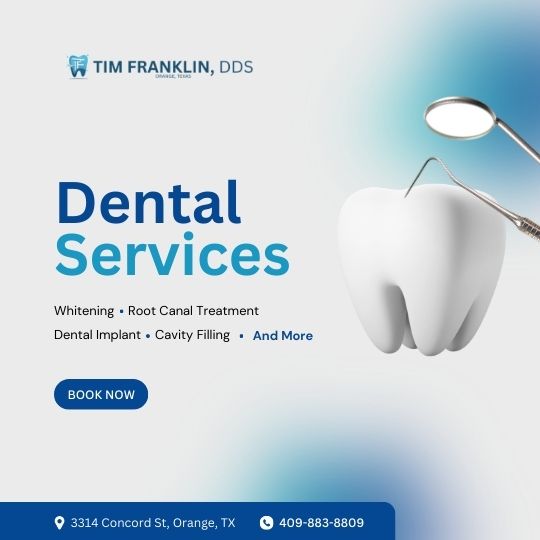Why is Flossing So Important? The Undeniable Benefits
Think of your toothbrush as a fantastic tool for cleaning the surfaces of your teeth. However, the bristles can’t always reach effectively between your teeth and under the gumline – these are the very places where food particles and plaque like to hide and thrive. This is where flossing steps in to save the day!
- Removes Plaque and Food Particles: Flossing effectively removes plaque and food debris from between teeth and along the gumline, areas your toothbrush can miss.
- Prevents Cavities: By removing plaque, you reduce the bacteria that produce acids that erode tooth enamel and lead to cavities, especially in those hard-to-reach spots.
- Combats Gum Disease (Gingivitis and Periodontitis): Plaque buildup along the gumline can irritate the gums, leading to inflammation (gingivitis). If left untreated, this can progress to more serious gum disease (periodontitis), which can damage the soft tissue and bone supporting your teeth. Flossing helps prevent this.
- Fresher Breath: Trapped food particles can contribute to bad breath. Flossing helps remove these culprits, leading to a fresher, cleaner mouth.
- Overall Health Benefits: Emerging research suggests a link between gum disease and other systemic health issues. By maintaining healthy gums through flossing, you’re contributing to your overall well-being.
Flossing 101: Your Step-by-Step Guide to Proper Technique
Now that you know why flossing is so important, let’s dive into the correct way to do it. Follow these simple steps for effective flossing:
Step 1: Prepare Your Floss
Take about 18-24 inches of floss. Wind most of the floss around the middle finger of one hand and the rest around the middle finger of your other hand. This gives you a good length to work with and a clean section as you move between teeth.
Don’t wind the floss too tightly, and leave about an inch or two of floss between your hands to work with.
Step 2: Gently Guide the Floss
Hold the floss tautly between your thumb and index finger of each hand. Gently slide the floss between your teeth using a back-and-forth motion. Avoid snapping the floss down forcefully, as this can injure your gums.
Step 3: Hug the Tooth
When the floss reaches the gumline, curve it into a “C” shape against one tooth. Gently slide the floss into the space between the gum and the tooth until you feel slight resistance.
Step 4: Clean Along the Tooth Surface
Gently slide the floss up and down against the surface of the tooth, going slightly below the gumline. Repeat this several times, ensuring you clean the entire side of the tooth.
Step 5: Repeat for Each Tooth
Carefully remove the floss and move to the next space between your teeth. Remember to use a clean section of floss for each tooth to avoid transferring bacteria.
Step 6: Don’t Forget the Back Teeth
Make sure to floss the very back teeth on both the top and bottom jaws.
Tips for Effective Flossing
- Be Gentle: Avoid sawing the floss back and forth aggressively, which can cut or bruise your gums.
- Go Below the Gumline: Gently slide the floss slightly below the gumline to remove plaque and food particles trapped there.
- Use a Clean Section of Floss: Advance to a new section of floss as you move from tooth to tooth.
- Floss Once a Day: Aim to floss at least once a day. The best time is whenever you have about two uninterrupted minutes. Many people prefer to floss before bed.
- Consider Different Types of Floss: Waxed or unwaxed, flavored or unflavored – choose a floss that you find comfortable to use. If you have tight spaces, a thinner floss might be better. Floss picks can also be helpful, especially when you’re on the go, but traditional floss allows for better wrapping around the tooth.
- Don’t Be Discouraged by Initial Bleeding: If you’re new to flossing or haven’t flossed regularly, your gums might bleed slightly at first. This is often a sign of inflammation. With consistent flossing, the bleeding should subside as your gums become healthier. If bleeding persists, consult Dr. Franklin.
Make Flossing a Habit for a Lifetime of Healthy Smiles
Incorporating flossing into your daily routine is one of the best investments you can make in your oral health. It works hand-in-hand with brushing to keep your teeth and gums healthy and prevent a host of dental problems. If you have any questions about flossing or would like a demonstration, please don’t hesitate to ask Dr. Tim Franklin or our hygienist during your next visit to our Orange, Texas office.
Have Questions About Flossing? Contact Our Orange, Texas Office!
If you’re unsure about your flossing technique or have any concerns about your oral hygiene routine, we’re here to help! Schedule your next check-up with Dr. Tim Franklin, DDS, in Orange, Texas, and let us guide you towards a healthier, brighter smile.
Schedule Your Dental Check-Up Today
Or call us at (409) 883-8809.





